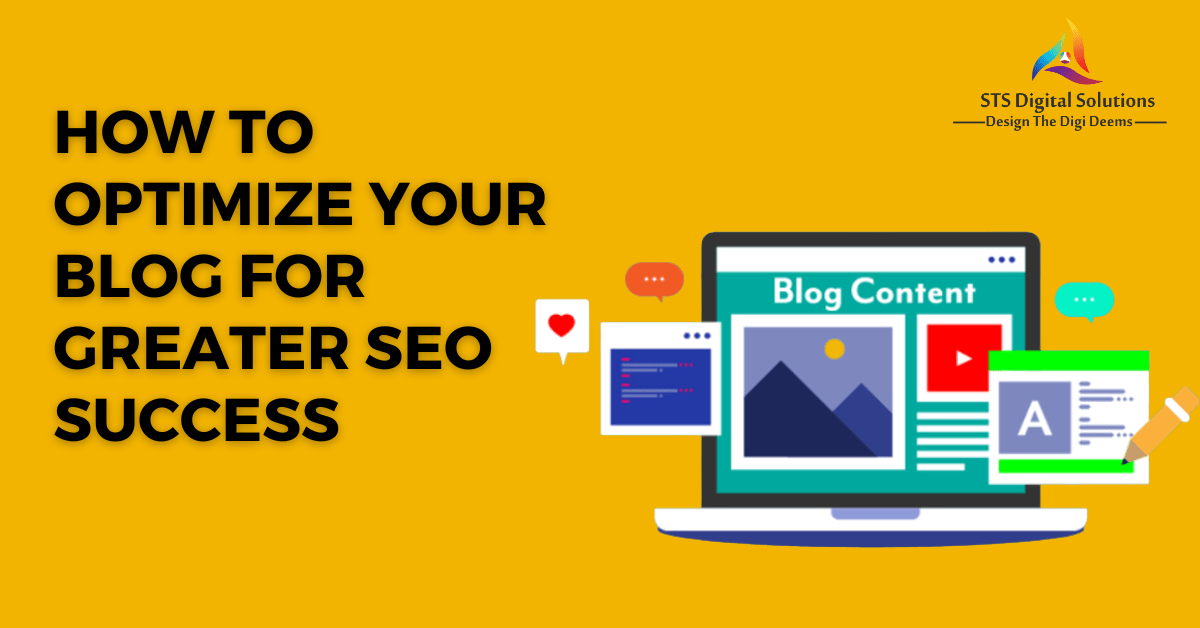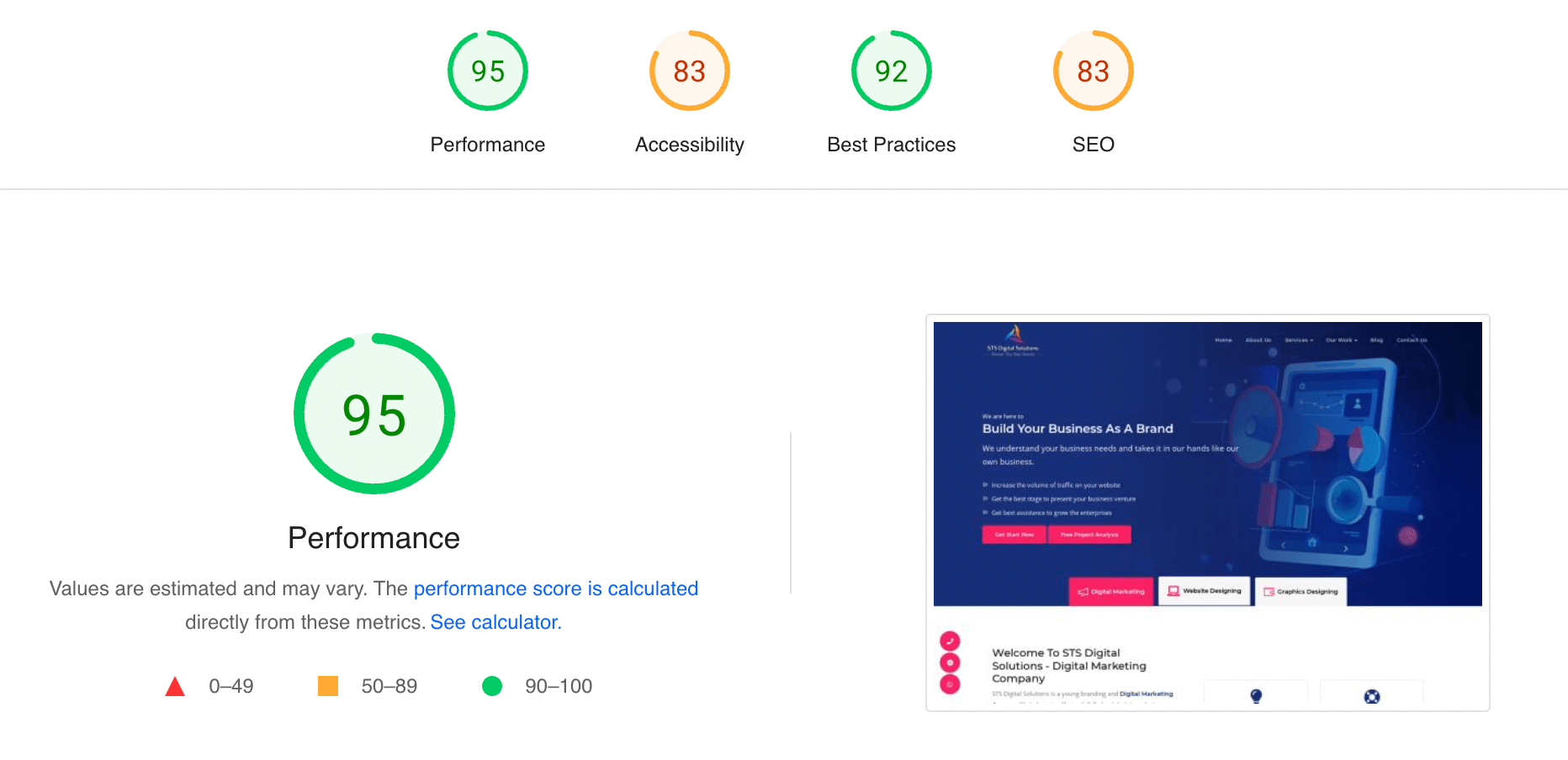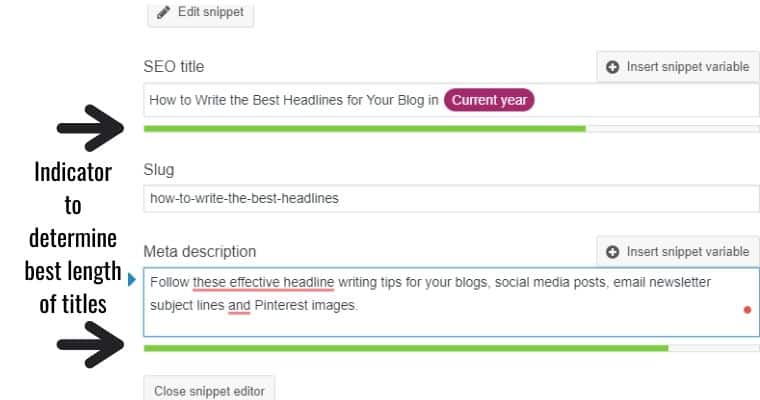
How To Optimize Your Blog For Greater SEO Success [2023]
Blogging is one of the most effective ways to reach your target audience and get them engaged, but it can also be very time-consuming. You need to create compelling content, publish it regularly and ensure that it gets indexed by search engines. However, there are many things you can do beyond just writing better quality content for better SEO success. This article will explain how you can optimize your blog for greater SEO success:
Know Your Audience
You need to know your audience. If you don't, it will be difficult for you to optimize your blog for greater SEO success.
When writing content for a blog and trying to optimize it for SEO, it's important that you understand who your readers are and what their needs are. This will help guide how much effort goes into creating great articles that are relevant and useful for them as well as giving them value through quality content creation.
Perform Keyword Research Before You Create Any Content

To begin, you need to perform keyword research. This will help you find the right audience and write content that is relevant to them. You can use tools like Google's Keyword Planner or SEMrush to get an understanding of what people are searching for and how they're searching it—then use this information as a guide when creating blog posts or other content pieces.Once you've done this step, it's time to create some high-quality blog posts that rank well in search engines!
Optimize Your Site’s Speed And Performance

You should also optimize your site’s speed and performance. This is one of the most important things you can do to improve SEO, because slow pages will turn away visitors and make them less likely to return.
One way that you can speed up your website is by reducing the size of images on it—the fewer pixels are downloaded, the better chance you have at keeping them on-page for longer (and thus increasing page load time). Another way is using a CDN (content delivery network), which provides servers around the world so that content from different locations can be served from one main location without multiple requests being made over different networks back and forth between these various points in order for users who visit your site from another country could get access what they need quickly without having had trouble accessing anything else about your business before now due too much latency issues caused by slow Internet connections in certain parts of world such as North America compared with Europe where there's faster speeds available thanks...
Choose A Strong Site Architecture
One of the first steps to optimizing your blog for greater SEO success is choosing a strong site architecture. You'll want to choose a domain name that's easy to say and spell, but also has some uniqueness (e.g., "blog" or "blogg"). A good hosting plan should be easy to set up and manage, as well as offer excellent speed (or at least fast enough). If you're using WordPress, make sure you use one of their themes/templates; they're already optimized for search engines like Google and Bing so they'll help improve your rankings quickly! If you don't have access or expertise with coding or web design software such as Squarespace or Wix then consider hiring someone else who does--it might cost more upfront but will save both time and money down the road when it comes time for upgrades later on down road when traffic begins growing rapidly again thanks largely due in part because people find out about everything related specifically within these types
Add New Content Frequently
Add new content frequently. Blogging is a great way to promote your brand, but it's important that you don't just post once or twice a week. The more often you update your blog posts, the better off you'll be in terms of search engine optimization (SEO). The average site gets 30-50 page views per month, so if it takes hours for someone to find yours through Google search results or social media feeds then there's no way they'll keep coming back for more!
To avoid this problem and make sure people are finding your latest blog posts and news stories quickly—and don't forget about old ones!—you should add new content regularly: at least once per week (more if possible).
Write Compelling Titles, Headlines And Meta Descriptions For Compelling Click-Through Rates

The headline is the first thing that a reader sees when they land on your blog. It's important that you write headlines that will attract clicks and drive traffic, so let's look at what makes a good headline:
- Clear, concise and relevant
- Written in active voice (e.g., "We'll show you how") instead of passive voice ("The way we're doing it")
- Written in first person (e.g., "We think..." rather than "It has been suggested by many professionals")
Create Well-Structured URL Addresses For Easy Crawling
- Use a consistent naming convention, including the use of hyphens in URLs.
- Keep your URLs short and relevant to their content. You don't want them to be so long that they cannot be easily read by Google or other search engines.
- Avoid using more than one hyphen in a row, as this can confuse search engines and make it difficult for people who are looking for your blog's related topics (e.g., “how much does it cost?”). If you must have multiple words separated by hyphens, try breaking them up into separate words at the end of each line with no spacing between them; this will help prevent issues with crawling while still keeping things readable!
Keep Up With The Latest SEO Best Practices
- Know what search engines are looking for, and how they will rank your content based on those factors.
- Understand what your competitors are doing, so that you can stay ahead of them in rankings by using certain techniques (like keyword research) or avoiding others (like guest posting). These tools can help you do this: Moz Toolbar; Google Search Console; SEMrush; Ahrefs
STS Digital Solutions is the Best SEO Company in Delhi/NCR which offers you the best SEO Services which will help you grow your business online presence.
Take Advantage Of Internal Linking For Better User Experience

Internal linking is the process of linking from one page on your website to another. It can help you improve user experience and search engine rankings, as well as make it easier for visitors to find the information they are looking for.
Here's how it works: If you have two pages that are related, but aren't linked (or "internal"), search engines will not see them as part of a bigger site. By creating links between these pages, however—and making sure they're pointing at each other—you'll be able to boost your site’s authority by increasing trustworthiness in search engines like Google and Bing.
The benefits are numerous: increased traffic; better rankings; improved conversion rates; increased brand awareness; improved conversion rates.
Design A Simple Yet Intuitive Navigation Structure On Your Site
As you’re developing your site and preparing to launch it, consider how the navigation will be structured. It’s important that this structure is simple, intuitive, consistent across all pages on your website and easy for users to find their way around.
The best way to ensure that your navigation makes sense is by testing it with real people who visit your site (or even better—people who don't even know they're visiting a blog). Make sure the links are intuitively labelled so they're easy peasy lemon squeezy for visitors' eyes!
Conclusion
If you’re serious about blogging, then you need to understand the importance of SEO. If you have a blog and are not doing SEO right now, it’s time to take action now!
If you are looking for the best Digital Marketing Services in Delhi/ NCR then, you can trust STS Digital Solutions. We have a team of experts who can handle Digital Marketing Services like: Search Engine Optimization, Social Media Marketing, Content Management, Google Ads.
Consulting Agency for Your Business
We build a system that spends less to get more business leads. Get in Touch with us Today..!!
